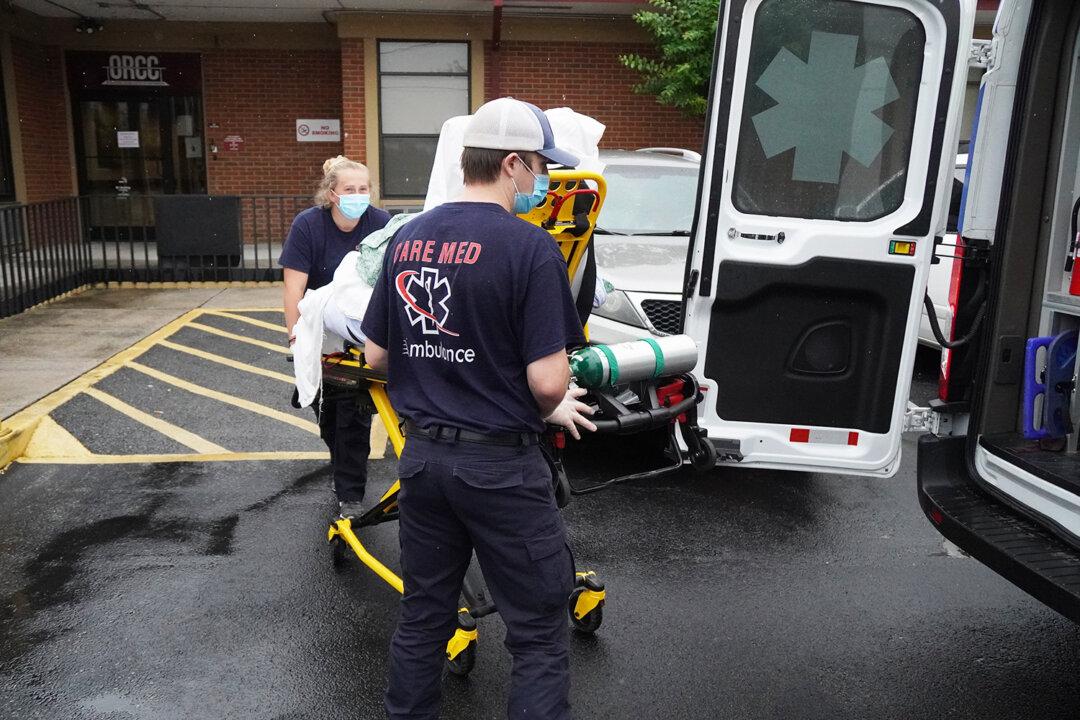Americans keep getting heavier, but the backs of ambulance workers aren’t getting stronger.
Over the past five decades, the percentage of obese people in the United States rose from about 14 percent to 40 percent. The American Obesity Association estimates that by 2030, 60 percent of the population will be obese.





